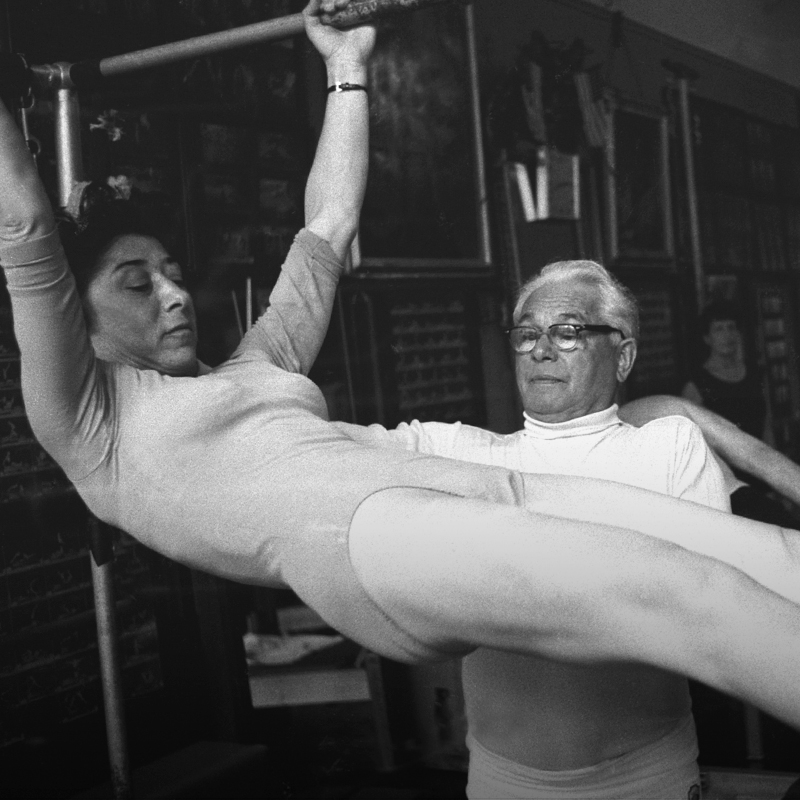
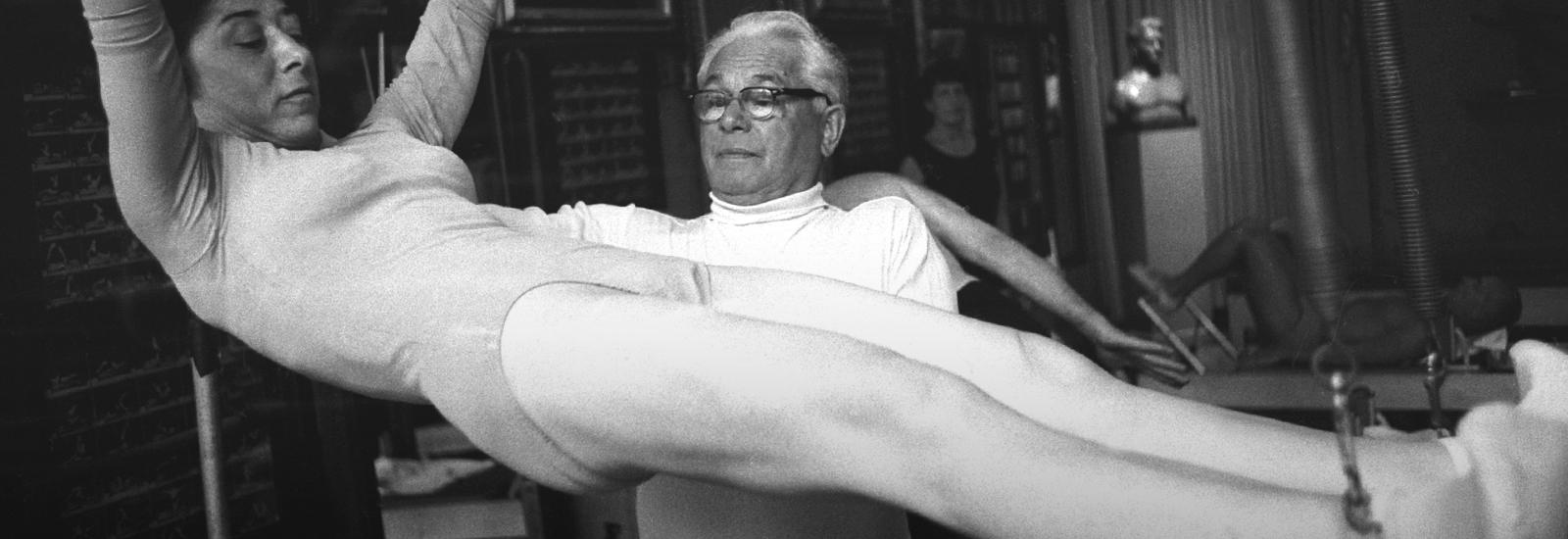
The originsJ. H. Pilates
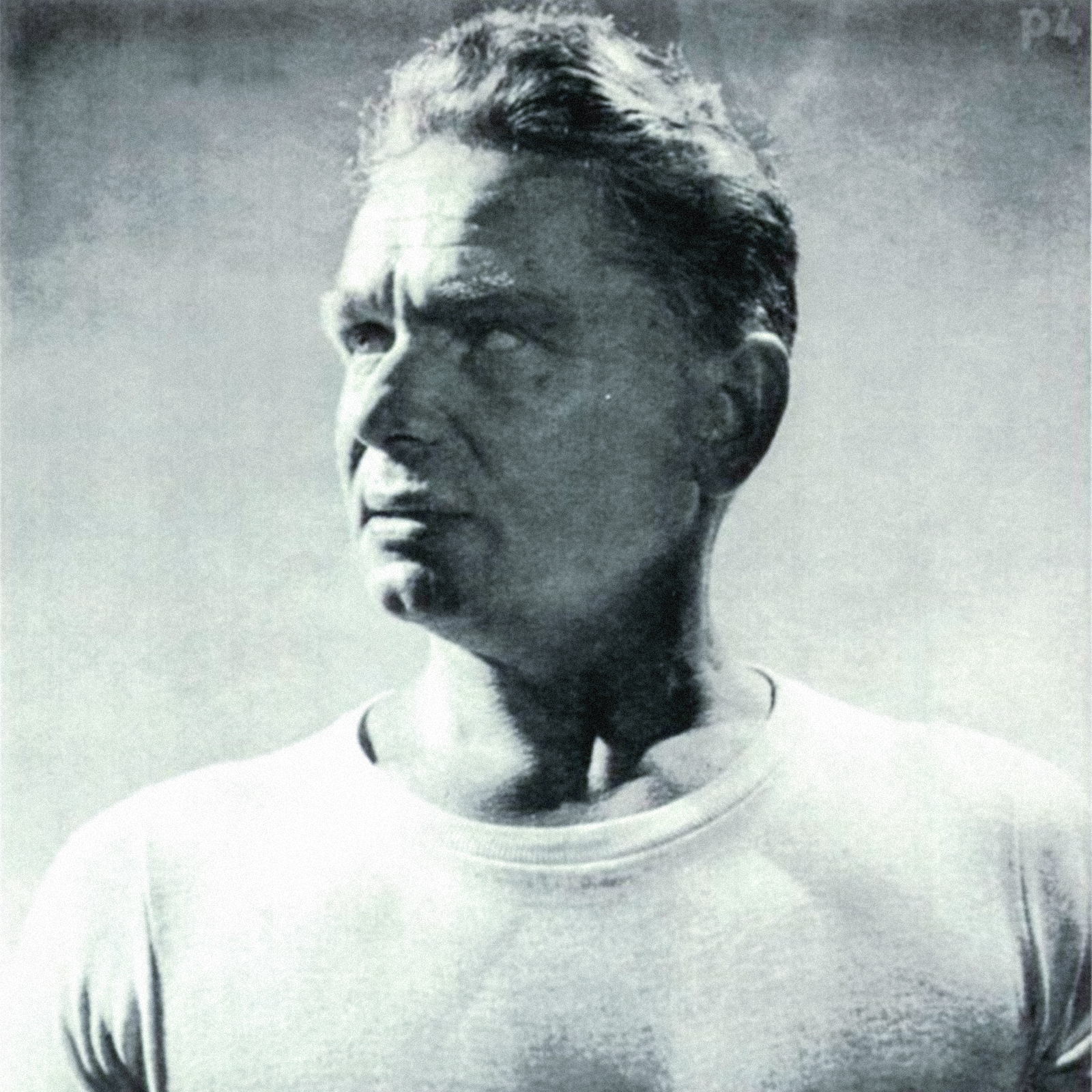
Introducing J. H. Pilates
The genius of him.
Joseph Hubertus Pilates was a genius.
He invented and codified a technique which revolutionized the approach to the sciences of movement, having positive influx in the field of sports science, physical rehabilitation and fitness.
That technique is now known after the name of his own creator: Pilates.
He had, one century ago, intuitions that, today, physicians, physical therapists, athletes and professional dancers recognize as fundamentals for the sciences of movement and, most of all, for the body and mind wellbeing.
The biography of Joseph Hubertus Pilates and the technique which was named after him are a whole unit so, knowing his personal history is the staple to comprehend the meaning and the reach of a discipline which, today, is practiced and appreciated by millions of people all over the world.
Childhood and adolescence
From weak little boy to expert gymnast.
Joseph Hubertus Pilates was born in 1883 in Germany, near Düsseldorf.
His very frail physical structure and his precarious health led him to dedicate himself with great diligence to various gym techniques and to the practice of different sports. Determination and self-discipline brought him to obtain, very soon, great results, so that, at the age of 14, he was called to be a model for some anatomical charts of the human body.
Anatomy and muscular development also became subjects of interest and study by the young Joseph, important part of his cultural education and his lifestyle since his adolescence.
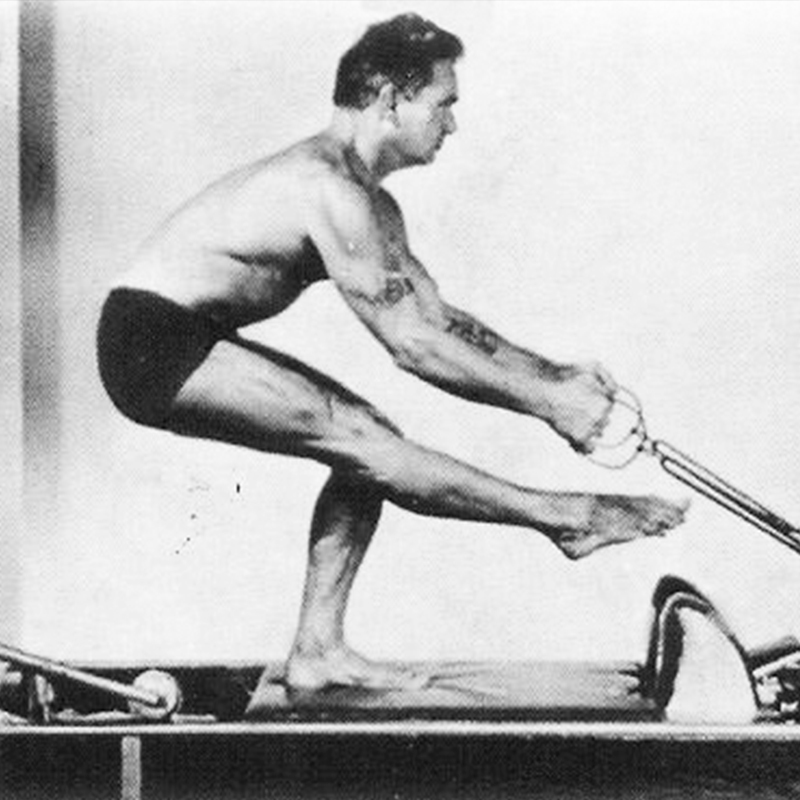
England
Wartimes: surviving thanks to Pilates.
In 1912, he moved to England where he became a self-defense instructor for Scotland Yard Police, plus he cultivated an interest for boxing and for acrobatics in a circus.
At the outbreak of World War I, Pilates was interned for a year, together with some other compatriots, in a prison camp in Lancaster. There, he didn’t lost heart and continued to work out, also involving his fellow inmates and having the chance to refine his intuitions on health and gymnastic.
Between 1918 and 1921, the big flu epidemic called “the Spanish” claimed millions of victims all over the world, killing more than 200.000 Britons. None of those who practiced Pilates’ physical training was infected by it.
Later, Pilates was transferred to the Island of Man, where he faced an upsetting reality: veterans mutilated by wounds, immobilized in bed and, apparently, hopeless.
So, he begun committing himself in their rehabilitation while they were still in bed, developing a range of exercises that the patients could execute laying down, using the springs of the hospital beds in order to allow them to restore and maintain the correct muscular tone.
The idea of the first equipment was born.
Germany
Invention and fine tuning of new technique and equipment.
At the beginning of the Twenties, Pilates went back to his home country. There, he continued perfecting his equipment, some of whom are still used nowadays. In Hamburg, he worked as physical trainer for the recruits in the local police corps and met Rudolph Von Laban, creator of the "Labanotation" (one the most renowned form of ballet dancing notation system) who incorporated part of Pilates work in his teachings.
This way, Pilates' technique was introduced in the dance world, starting a relation which would endure until today (that explains why, inaccurately, in the past, this technique was exclusively associated with the dance world): many famous dancers, in fact, took it as a point of reference for their basic daily training.
In 1925, the German government became aware of the efficacy of Pilates' technique and invited him to coordinate personally the training plan of the new national army. Pilates declined and decided to leave his country for the United States. During the travel, he met Anna Clara Zuener, who would have become his wife.
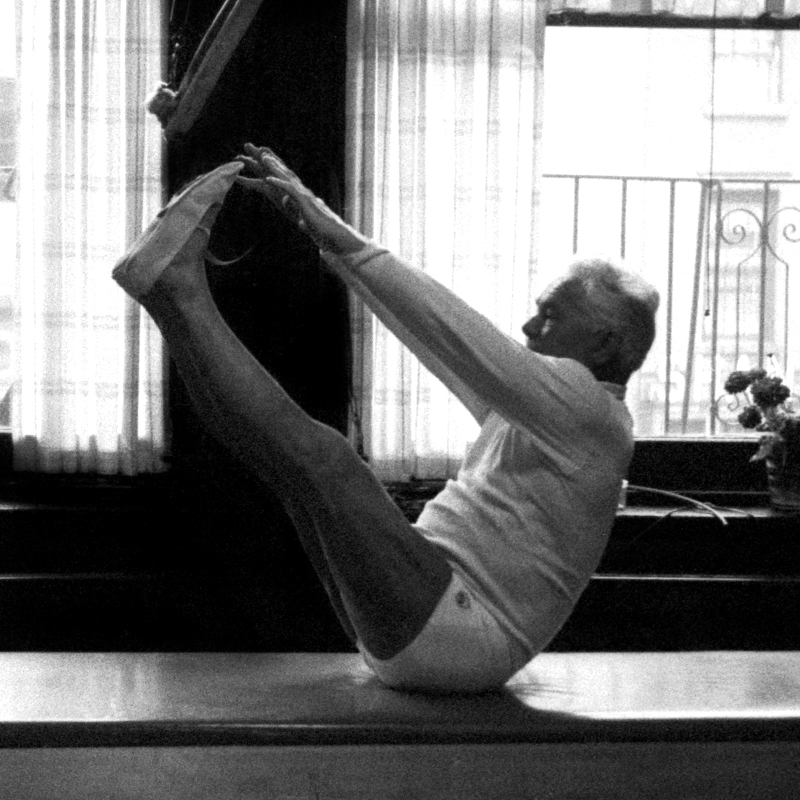
New York
The personal achievement and the "Pilates" success.
Arrived in New York, Pilates begun codifying his workout technique, which he called Contrology.
A part of the Contrology technique was focused on matwork, that is to say a series of floor routine exercises executed with no equipment on a mat, but Pilates also dedicated himself to the development of the equipment that he created at the times of his prison – among which there probably were the Rehabilitation Table, which today we called Cadillac and the Universal Reformer – plus the related exercises to be done on those equipment.
J.H. Pilates died in 1967; his wife Clara carried on his legacy, then he left the New York Studio to Romana Kryzanowska, who was one of Pilates' direct student and who would have become Anna Maria Cova's teacher.
His teachings
A body and mind technique.
In his first book "Your Health" (1934) whose introduction to the Italian edition has been written by Anna Maria Cova – Pilates formulates the fundamental idea according to which the most part of physical problems comes from an incorrect posture of the spine or, more generally, as we would say today, from an incorrect lifestyle.
As Anna Maria Cova writes, "Pilates observes and – through an analysis of his contemporary society – looks into the possible reasons of people’s physical discomfort, going back to the main causes. He talks about children's education, […] analyzes the posture, the breathing and proposes ergonomic tools and furniture for the home and the office […] he talks about ethics and professional consistency of the health professionals, consistency between what they teach and how they present themselves physically."
In his second book, "Return to life through Contrology" (1945) Pilates lays the theoretical foundations of the discipline which would have taken his name, introducing, implicitly, the concepts which would have become famous as the "Six principles", codifying, for the very first time, the original 34 exercises to be done on the mat, completed with the pictures of himself – which was 60 at that time – executing those exercises.
But, in his works, as one can see from the titles he chooses too, he not only codifies a work out technique, he also provides us with a full and round vision of the human persona conceived as a whole of body and mind and expresses this vision with simplicity, common sense and pragmatism, aiming to help everybody achieve the real wellbeing: happiness.